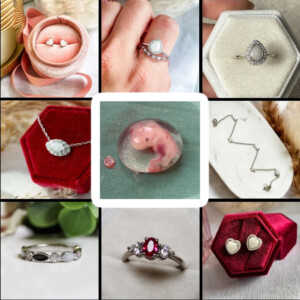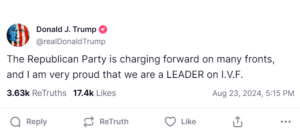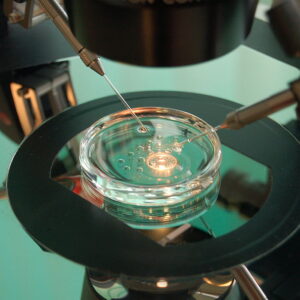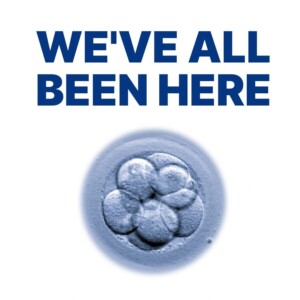
(This is Real) Grotesque ‘Keepsake’ Business Turns Discarded IVF Embryos Into Jewelry
‘Blossom Keepsakes ‘ is a grotesque and nightmare-inducing UK-based business created by ‘Hayley in 2017. She describes herself as a”passionate jewelry designer and a mother to 5 children who understand the profound significance of the bond between a parent and child.” She has one employee named Lauren, both seen below:






